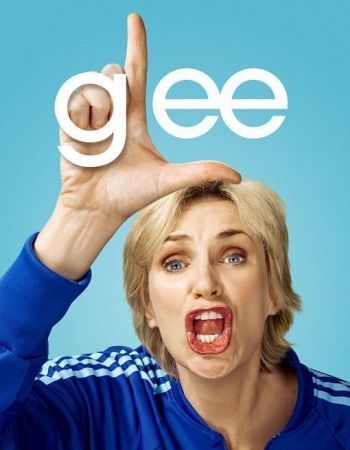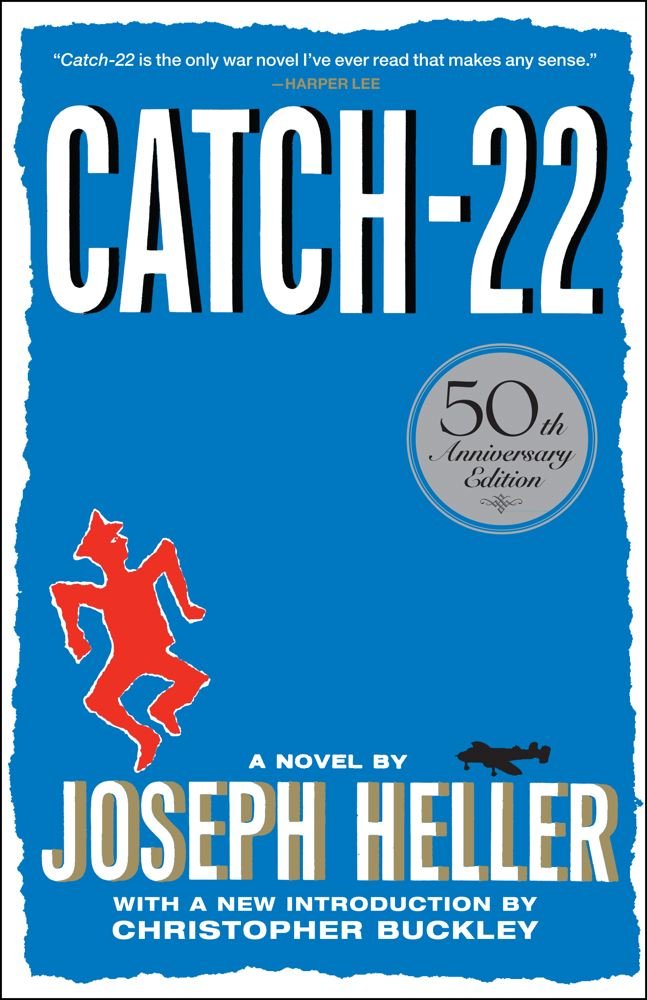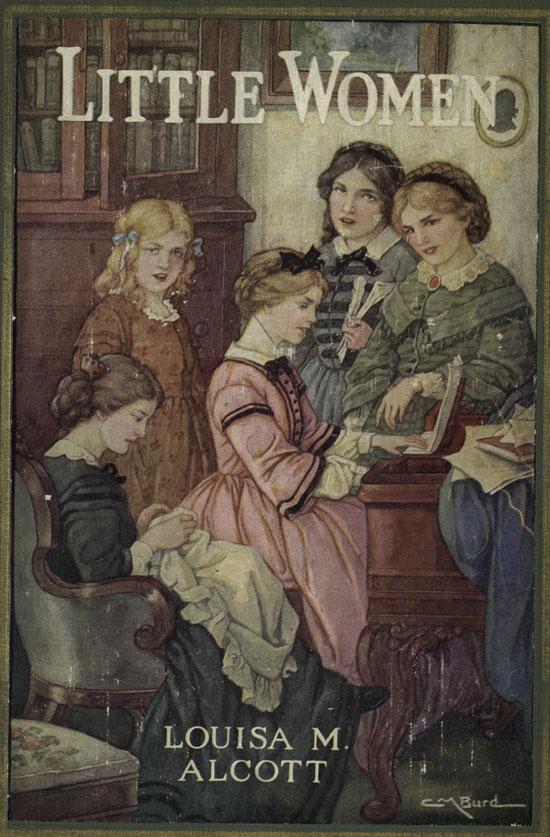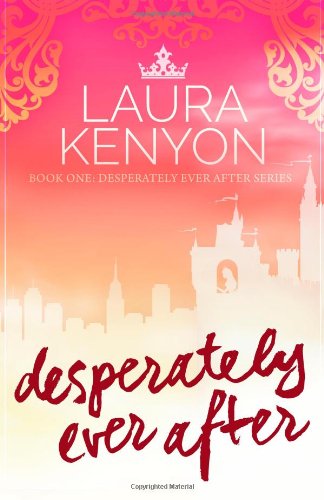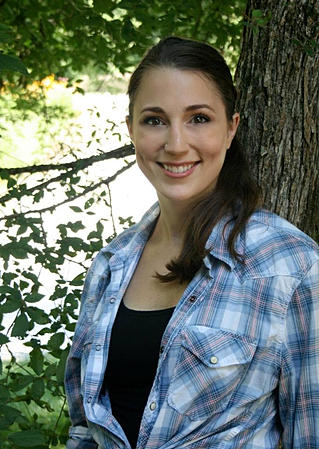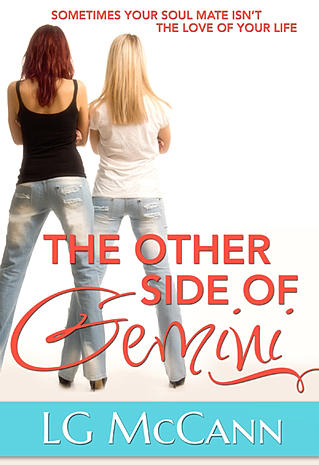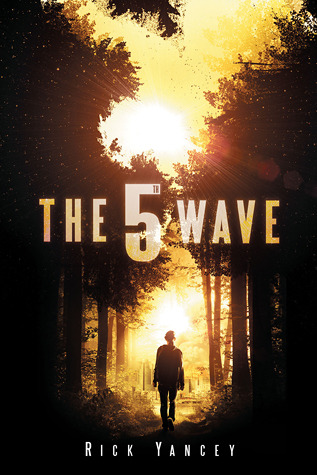The Boston Globe posted a lovely article about Bridwell and his Clifford-driven endeavors online today:
To hear Norman Bridwell tell the story — and hundreds of millions of children around the world have read his tales for more than 50 years — Clifford the Big Red Dog almost never came to be.
Mr. Bridwell was living in New York City in the early 1960s with his wife and their new baby, and money was short. He was working as a commercial artist when his wife, Norma, suggested he try his hand at illustrating children’s books.
“I made some samples and took them to eight or 10 publishers and was rejected by every one,” he told the Globe in 2004. “One young editor said, ‘You’re not very good. No one’s going to buy your artwork. Why don’t you try a story, and if someone buys it, then you could do the art.’ She pointed to a sample painting, of a little girl and a big red dog, and said, ‘Maybe this could be a story.’ ”
At home, he wrote the first Clifford story, making the title character even bigger. As for the dog’s color, “it was red because I happened to have red paint on the drawing table that night,” he said in 2004.
After the manuscript sat for a while in the slush pile of one publisher, a freelance manuscript reader handed it off it to Scholastic books, which offered Mr. Bridwell a $1,000 advance for the story and $875 for the art.
That first story grew into an empire of more than 150 titles, 129 million books in 13 languages, a popular PBS TV series, and an ever-expanding list of merchandise. Mr. Bridwell, so modest about his creation that he told the Globe he had “never been able to figure out why it was so popular,” died Friday in Martha’s Vineyard Hospital, after a fall in his Edgartown home, the Associated Press reported. He was 86.
“A lot of people were Clifford fans, and that makes them Norman fans, too,” his wife told the AP.
The late actor John Ritter lent his voice to the PBS “Clifford” series, which debuted in 2000. The Clifford character also has been featured in a movie, popup books, and coloring books, as plush toys and beverage napkins, in postcards and puzzles, and as dinnerware and underwear.
The smallest in a litter of puppies, Clifford grows to more than 25 feet tall and is cared for by Emily Elizabeth, a character named for Mr. Bridwell’s daughter, who was an infant when he wrote the first book. The book version of Emily narrates the stories, in which she and Clifford go about rather ordinary family activities that are complicated by his size.
“The magic of the character and stories Norman created with Clifford is that children can see themselves in this big dog who tries very hard to be good, but is somewhat clumsy and always bumping into things and making mistakes,” Dick Robinson, chairman, president, and chief executive of Scholastic, said in the company’s statement announcing Mr. Bridwell’s death. “What comforts the reader is that Clifford is always forgiven by Emily Elizabeth, who loves him unconditionally.”
Mr. Bridwell thought Clifford’s mistakes made him all the more appealing and hoped the books would help young readers become more forgiving. Though he brushed off suggestions that he based Clifford on himself, his wife thought otherwise.
“He’s never been able to recognize that,” she said in an interview with the AP a few years ago. “Clifford tries to do the right thing, Norman tries to do the right thing, and he makes a mess of it. But he’s the most lovable grown-up man. He’s just a nice guy.”
Their daughter, Emily Elizabeth Bridwell Merz of Carlisle, told the Globe in 2004 that “the whole spirit of Clifford is born out of my father’s sense of humor, which I always appreciated while growing up. To me, Clifford is sort of an extension of my Dad, and for that I have a great deal of love for the character.”
Born in Kokomo, Ind., Mr. Bridwell took to drawing at an early age.
“I was not good at sports and my high school shop teacher, after a few days of class, took my tools away, telling me, ‘Here’s a pad of paper instead. You seem to like to draw: stick to that,’ ” he said for his biography on the Scholastic website.
Aspiring to be a cartoonist for The New Yorker magazine, he studied at the John Herron Art Institute in Indianapolis before moving to New York City, where he took classes at Cooper Union.
In New York, he met Norma Howard, who also was from Indiana, and they married.
When Mr. Bridwell wrote the first Clifford story, he initially called the title character Tiny, a name his wife found too obvious for a 25-foot-tall dog. She suggested Clifford, “after an imaginary friend from her childhood,” Mr. Bridwell said in his Scholastic biography.
Norma also bound the manuscript with a red gingham cover before they sent it to a publisher.
“A lady called from Scholastic and said, ‘We have a book here called Clifford, and we’d like to publish it.’ I was completely stunned. It was a bad year, and we needed something. We had a new baby,” Mr. Bridwell recalled in 2004, adding that he “asked them, ‘If it doesn’t sell, do I have to give back the advance?’ ”
He was so sure lightning might not strike twice that according to his Scholastic biography, he told his wife: “Now don’t count on there being any more. This one is just a fluke. I don’t know if there will ever be another one.’ ”
Dozens of books and decades after that initial sale, Mr. Bridwell had not tired of finding new adventures for Clifford or of creating books for children.
“I’m very thankful,” he said in the 2004 Globe interview. “I love the kids. You couldn’t think of a better audience to write for.”
The Bridwell family moved to Martha’s Vineyard in 1969, keeping a place on Beacon Hill as well.
In addition to his wife and daughter, Mr. Bridwell leaves a son, Timothy, and three grandchildren. Mr. Bridwell’s wife told the AP that a public service will be announced, probably next year.
Scholastic announced that before his death, Mr. Bridwell completed two Clifford books that will be released in 2015: “Clifford Goes to Kindergarten” and “Clifford Celebrates Hanukkah.”
When meeting with his young readers, Mr. Bridwell drew from his own experience of having manuscripts rejected to encourage children to persevere: “You might do a drawing today that you think is nice, and you show it to the other kids but they don’t like it, or the teacher won’t put it up. But don’t let that discourage you. That’s just today. You never know what you are going to do tomorrow.”
Even after filling shelves around the world with Clifford books, Mr. Bridwell was matter-of-fact about how he wrote and illustrated each one.
“A woman once asked me about my process in writing it,” he said in the 2004 Globe interview, “and I said, ‘No process at all. He just seems like the kind of dog it would be fun to own.’ ”
Read the original piece HERE
Thank you, Mr. Bridwell for your inspiring tales and characters. Rest in peace.




